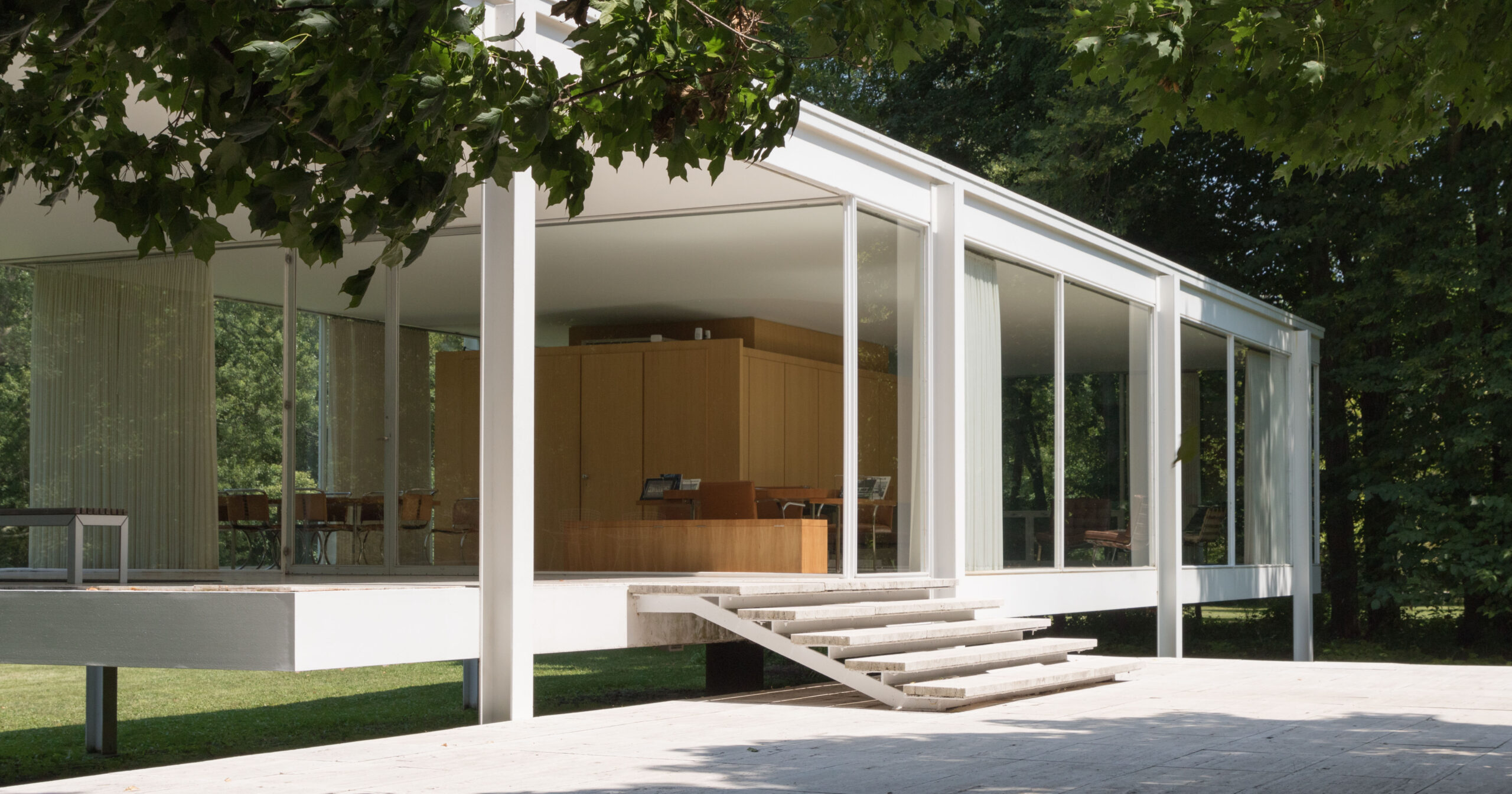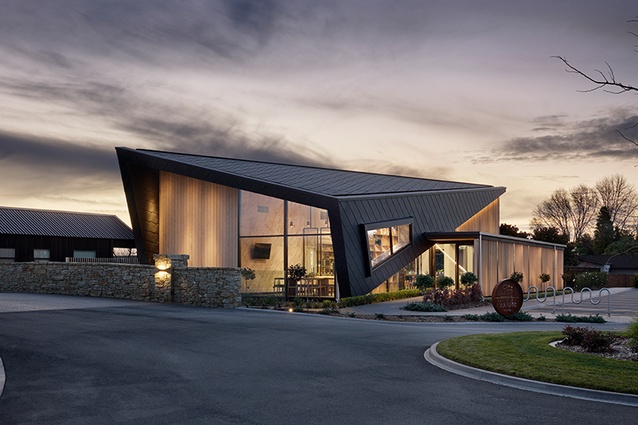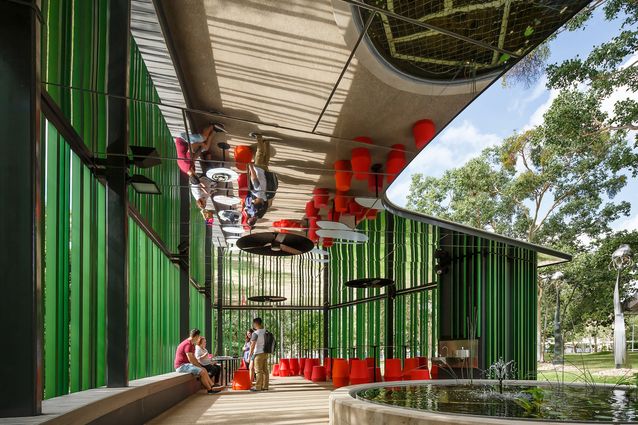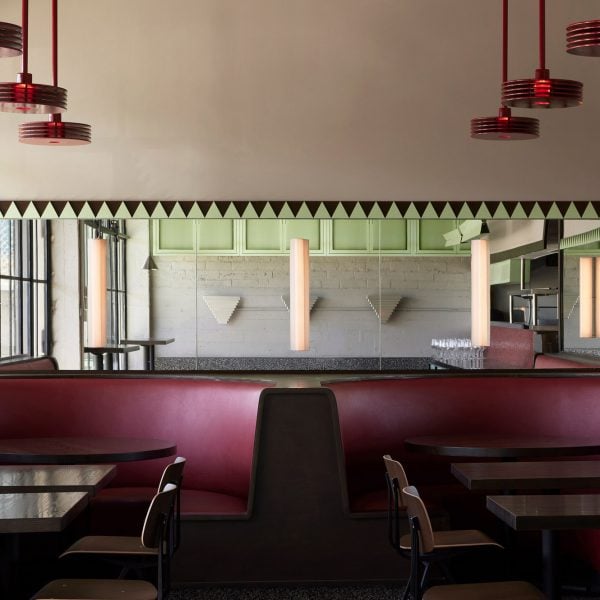Built 600 years ago as a granary for grain and dried fruits for the Free Imperial City of Ulm, this is one of the largest (if not the single largest) surviving half-timbered building in the world. The massive frame was built in the local tradition known as Allemanic frame construction. The monumental character, widely spaced posts, symmetrical jettying and characteristic “Wild Man” diagonal struts – all together create extremely sturdy and stable structure, able to counteract sagging or warping for hundreds of years. The main material is an old-growth oak timbers, the dendrochronological analysis have confirmed that most of the oaks for this structure were felled between 1442 and 1445. Once felled, the oaks would be precut, airdried for about a year or two, and then assembled on site at once – making this one of the earliest types of pre-fabricated construction. In order to reinforce the structure, ground floor was replaced with tuff stone some 100 years after initial construction. Today the vast spaces of a former granary serve as a museum – many floors rented by different exhibitions.
Another angle
View from the air, showing how it dwarfs the surrounding
Close-up on the dormer windows
Some interior pictures – low ceilings, as the space was to be maximized for goods storage, not living.










